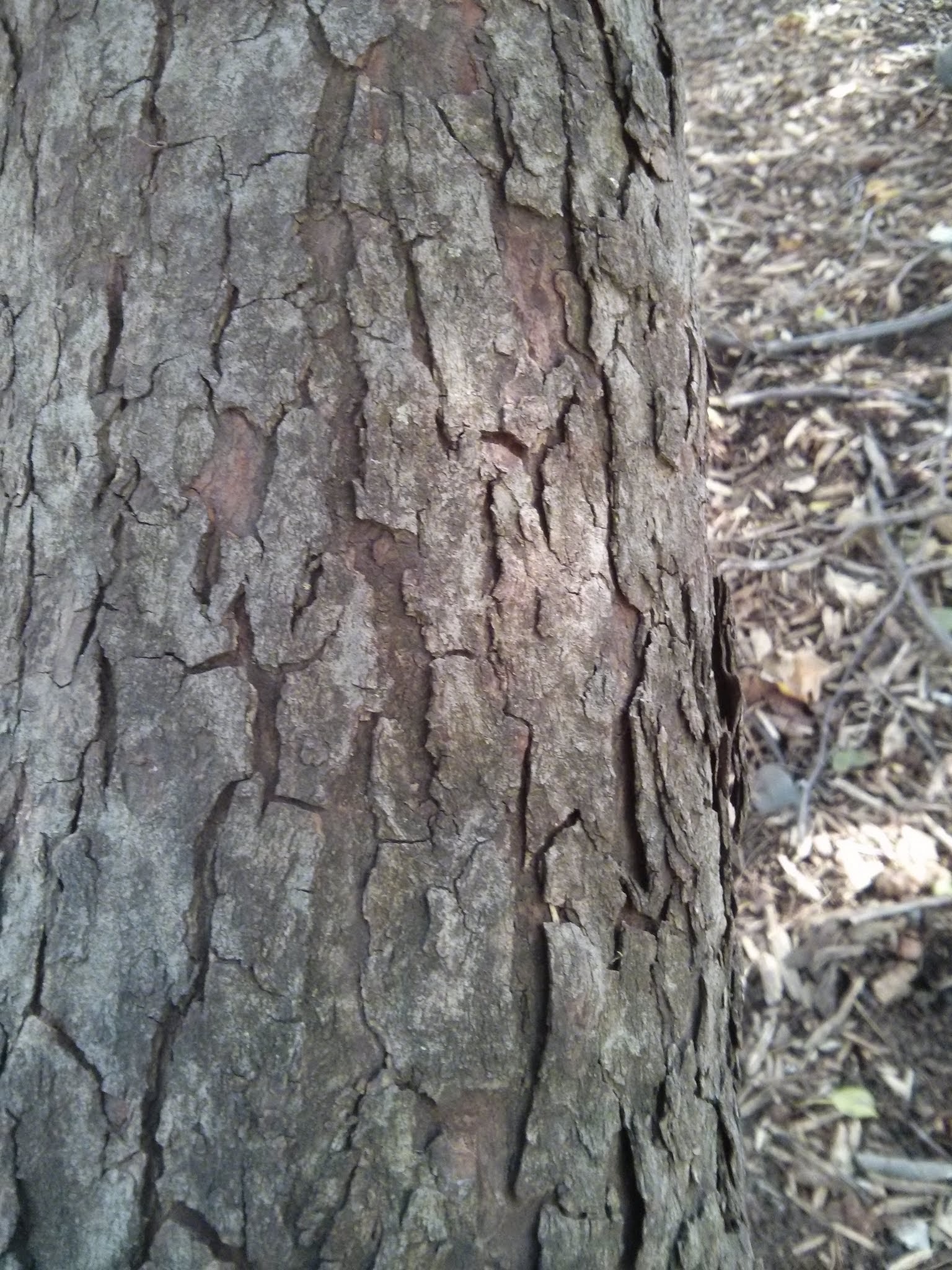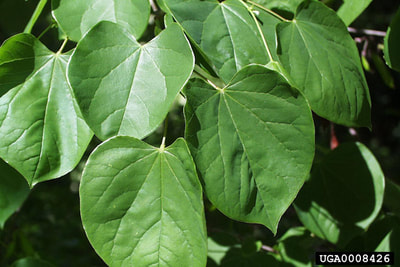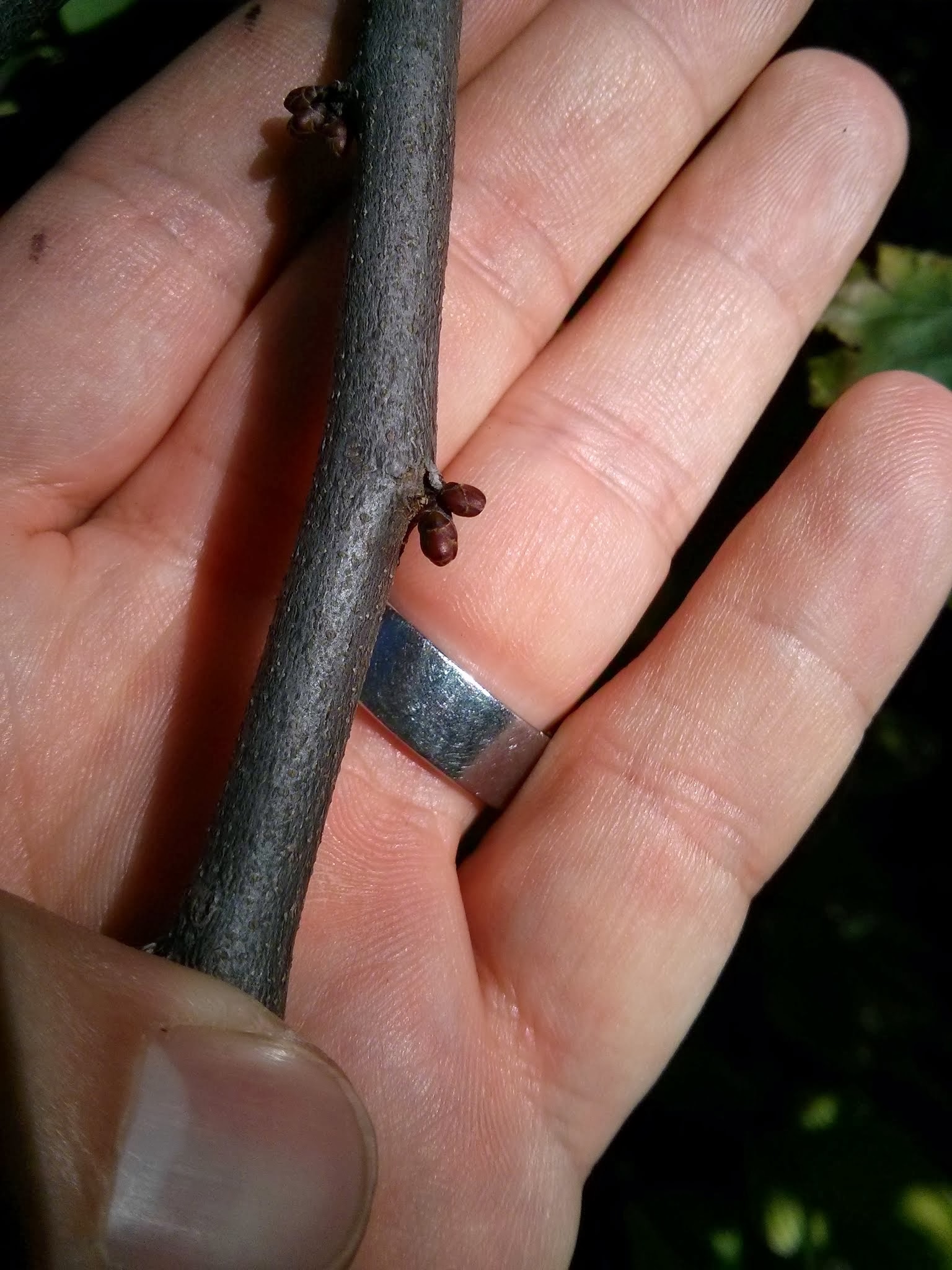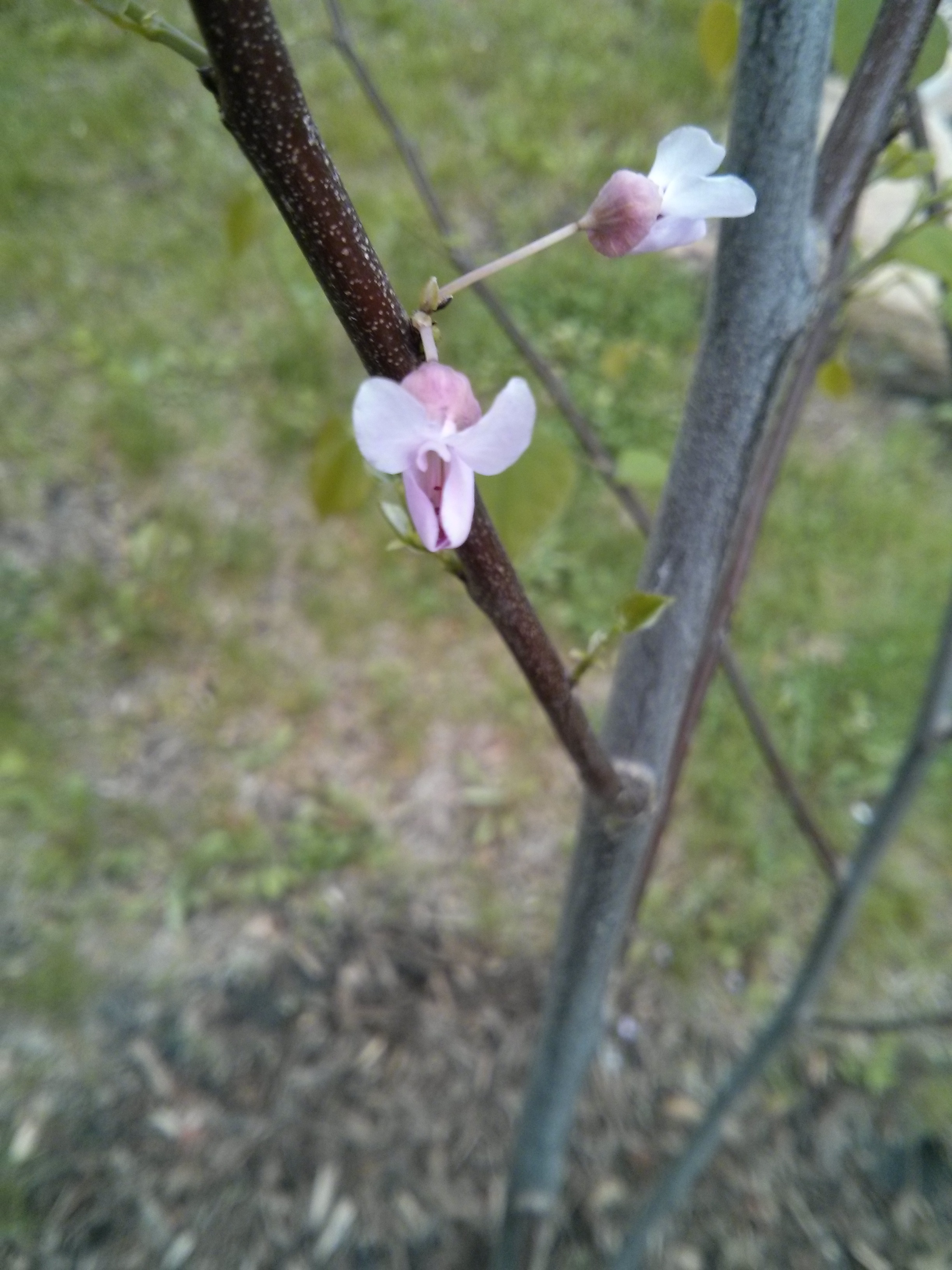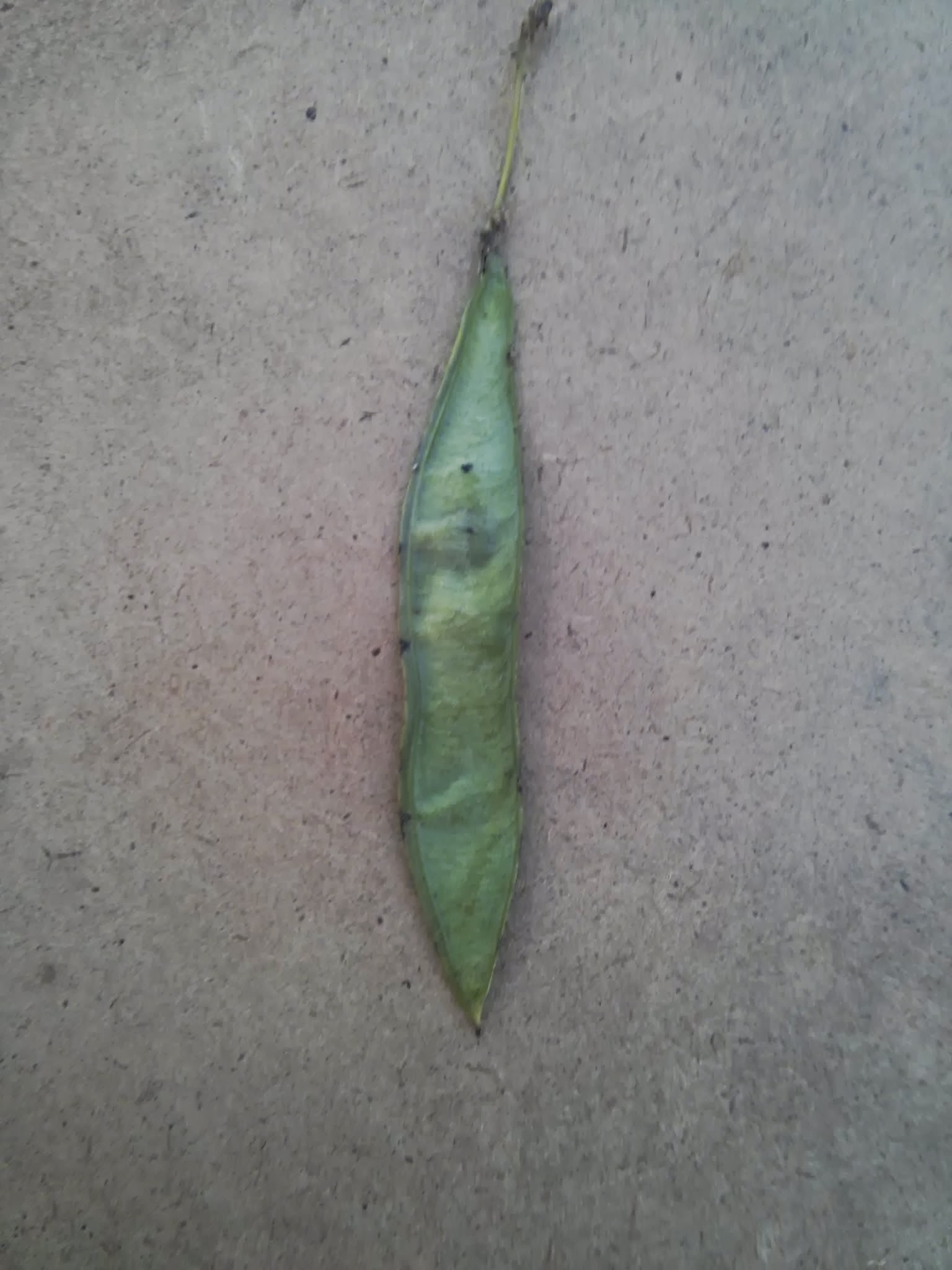Common Name: northern strain redbud, Minnesota strain, eastern redbud
Scientific Name:
Family: Fabaceae
Genus: Cercis
Species: canadensis
Hardiness Zone: 4
Height: 25 ft
Width: 30 ft
Common characteristics:
Northern strain redbud was developed by the Minnesota Landscape Arboretum, the Northern strain redbud was produced by selecting seeds from the best-surviving individuals of eastern redbud throughout Minnesota's harsh winter. The result is a strain of eastern redbud that is hardy in zone 4 rather than the usual zone 5. The bark of this tree has an inner orange-red color that becomes completely red with maturity. Leaves are simple and grow alternately, lengths of 3" to 5", leaves have a heart-shape with an entire margin. They are a dark green changing to a clear yellow, with a fall color that is yellow-green. Flowers are rose-pink to magenta, they grow in small clusters of pea-like blossoms that will appear in early May-April.
Where it grows:
Easily grown in medium moisture, well-drained soils in full sun to part shade. Does not tolerate wet sites where there is poor drainage. This tree may not transplant well and is best done early.
How it’s used:
Best grown in lawns, as shrub borders or woodland margins. Attractive in naturalized settings, as well as the urban landscape.
Ecosystem services:
Birds and some insect pollinators may utilize this tree for its flowers and fruits.
Where it is native to:
This strain of redbud is suited only for Hardiness Zone 4 and most of Minnesota. The native range of the eastern redbud extends from the east coast to Texas.
Known Varieties and Their Traits:
These are cultivars of the eastern redbud that are best suited for Hardiness Zones 5-9.
Ace of Hearts redbud (Cercis canadensis 'Ace of Hearts'); 12 to 15 feet high and wide; vase-shaped; a dwarf redbud.
Appalachian Red redbud (Cercis canadensis 'Appalachian Red'): A shorter, 20 feet high by 25 feet wide spreading redbud with bright pink flowers and magenta colored buds.
Forest Pansy redbud(Cercis canadensis 'Forest Pansy'): 20 to 25 feet high and 20 feet wide; upright form with new leaf growth reddish-purple and gradually maturing to a more muted purple. In hot summers it turns more purplish-green. Flowers tend to be darker and more purplish than the species.
Joy's Pride™ redbud (Cercis canadensis 'Morton'): 20 to 25 feet high and 15 feet wide; deep lavender pea-like flowers followed by dark purple, persistent seed pods. A Chicagoland Grows™ introduction.
Lavender Twist® redbud (Cercis canadensis ‘Covey’): 4 to 5 feet high and 6 to 8 feet wide with a weeping form.
MN Strain redbud (Cercis canadensis 'MN Strain'): Very cold hardy selection from Minnesota.
White redbud (Cercis canadensis f. alba): A white flowering form of redbud. Grows 25 to 30 feet high and 20 feet wide with a rounded habit.
Problems:
Problems with verticillium wilt, dieback, leaf spots, mildew, blight, and canker may occur. Insect pests may include Japanese beetles, treehoppers, leafhoppers, caterpillars, borers, webworms, and scale. Maintaining tree health through regular watering, fertilization, and pruning out dead branches as needed will help keep the tree vigorous.
References:
Missouri Botanical Garden. (Plant Finder) Found Online: http://www.missouribotanicalgarden.org/PlantFinder/PlantFinderDetails.aspx?taxonid=280440&isprofile=1&basic=Cercis%20canadensis
The Morton Arboretum. (Trees & Plants) Found Online: https://www.mortonarb.org/trees-plants/tree-plant-descriptions/redbud
Minnesota State Horticultural Society. Schier, Mary Lahr. "Plant Profile: Redbud Tree". Found Online: https://northerngardener.org/plant-profile-redbud-tree/. Accessed 03 May 2018.
